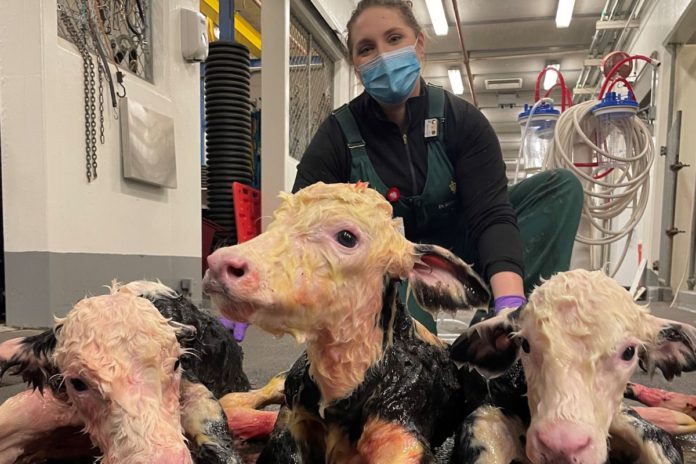A vet’s attire is a “form of non-verbal communication likely to inform clients’ first impressions”.
Their attire may influence confidence, comfort, and trust in a vet.
Those are the findings arising from an investigation, involving 449 pet owners, on the effects of vets’ attire on trust, confidence, and comfort in a sample of pet owners in Canada.
Researchers at the Ontario Veterinary College at the University of Guelph in Ontario, Canada spearheaded the research, which explored the psychological impact of veterinary attire.
They asked participants to share their opinions on running shoes, sleeveless tops, ear and facial piercings and hairstyles, among other specific items of appearance/attire.
They presented photos of male and female vets in eight different outfits to participants, as follows:
- Formal attire;
- White dress shirt with black pants;
- White casual shirt with khaki pants;
- Surgical scrubs;
- White casual shirt with jeans;
- Surgical scrub top with jeans;
- Surgical scrub top with khaki pants;
- White laboratory coat with khaki pants.
Vet’s attire
They had to rank the attires based on merits of confidence, trust, and comfort from a scale of 1 (low) to 7 (high).
The paper – which is available via ResearchGate and published by the Journal of the American Veterinary Medical Association – indicated that 71% of participants believe that vets’ attire was “important”.
Surgical scrubs topped the list for confidence, comfort, and trust, while formal attire was the least preferred.
A casual shirt and jeans gained the lowest trust and confidence scores. Meanwhile, formal attire was voted the weakest for model vets.
Other key findings:
- 66% believe vets should wear a name tag while interacting with clients and their pets;
- Running shoes: 64% rated as appropriate;
- Sleeveless tops: 58% rated as inappropriate.
Following the above results, researchers have urged veterinary personnel and management to consider how attire and general appearance represent staff members of their practice.
Other articles on That’s Farming:





